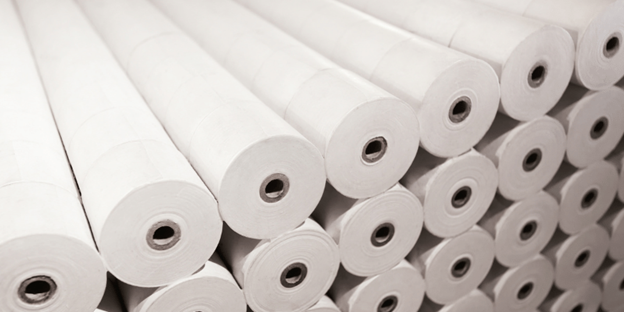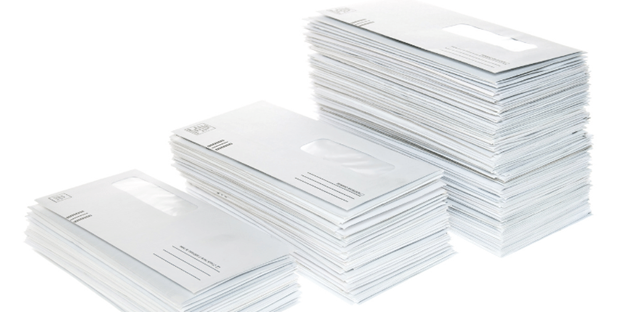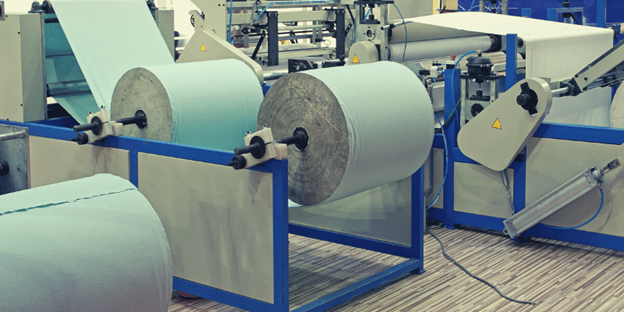
Paper is one of the essential resources that most businesses need. It’s easy to take it for granted, but the last few years have presented volatility in the commercial paper industry. When a product lags in production and becomes scarce, costs go up. As a result, budgets have to adjust, which means other things get cut. Rising paper costs are likely already upending your allocated spending for your in-plant. So, what does the future look like, and is it time to analyze the value of keeping your in-plant going?
The State of the Commercial Paper Industry
Paper costs have steadily risen since 2020. 2021 saw an increase of 6-15%. Those spikes were mostly in response to high demand and low supply. Pulp prices directly impact commercial paper pricing, which has also ballooned.
Some normalcy has returned to the paper market, but there are still disruptions and production shortages. There are also many categories of commercial paper needs, from packaging to toilet paper to the actual paper used in print and mail. Additionally, there has been consolidation and closing of paper mills, which cuts capacity. So, how dire is the paper shortage?
WPCF Warns of Paper Shortage
The World Print & Communication Forum (WPCF) warned of the impact of paper shortages throughout the world. They cite that demand is at pre-pandemic levels while production is not. As a result, organizations that aren’t in the print industry could have a much harder time sourcing paper.
COVID Isn’t the Only Culprit
While the pandemic has played a role in soaring paper costs, the wheels were already in motion. Paper mill production in the U.S. had been declining. China has long been the largest commercial paper supplier; another large producer, outside of the U.S., is Russia. The country exported $12 billion in wood products in 2021. The current unrest in that country is also upsetting the market.
Other reasons for declines are longer growing seasons for trees in response to climate change. Experts state that can sometimes equate to three extra weeks. That doesn’t sound like much, but cumulatively, it impacts supply.
There are so many factors that affect paper costs. As a smaller player in sourcing paper, your in-plant budget could take a massive hit for the basics of paper and envelopes. As a part of your operations that is already a high cost center, what are your alternatives?
Transactional Print and Mail Providers Remove Expenses from Your Budget
Paper costs aren’t the only line item on your budget that’s increasing. There’s equipment, labor, energy, and rent. If you run your numbers now compared to years before, that graph is steadily increasing! Even if you have customers that choose digital-only communications, printing and mailing less doesn’t necessarily correlate with a reduction in spending.
However, there is an alternative—working with a transactional print and mail provider. Here’s why that’s a smart move:
- Allocation is stable: We have contracts with paper vendors to receive a specific amount of product each month, so our supply chain is in order. Our purchases are bulk and far exceed what a company would need, as we print about 1.5 billion pieces of paper each year.
- The white paper factory approach reduces waste: The process includes reams of white paper to print both documents and envelopes at once. We also don’t need to do any pre-printing which eliminates waste and pre-printed inventory obsolescence. Our digital inkjet machines print dynamically to customize each letter or statement.
- Other costs no longer exist: All the other materials, labor, technology, inventory, and space expenses are gone. Instead, the cost to outsource becomes an operating expense. In most cases, your price per piece with postage will be less than what your in-plant produced.
- Transactional printers have a hyper-focus on accuracy, quality, and compliance: These confidential and protected communications are all we do. We have the technology, processes, and workflows to ensure this.
If paper costs are bloating your in-plant budget, it’s time to consider outsourcing. Find out more about what we offer and why so many businesses trust us!





